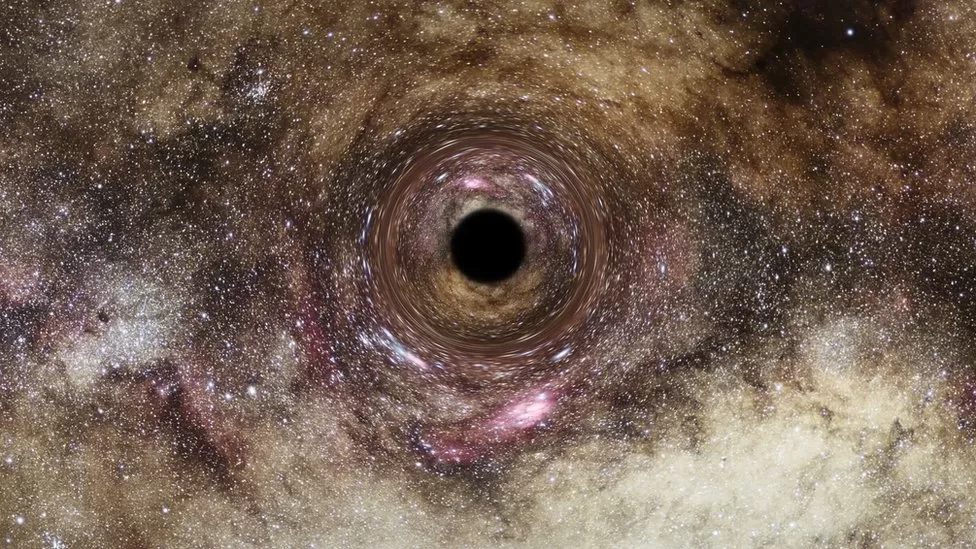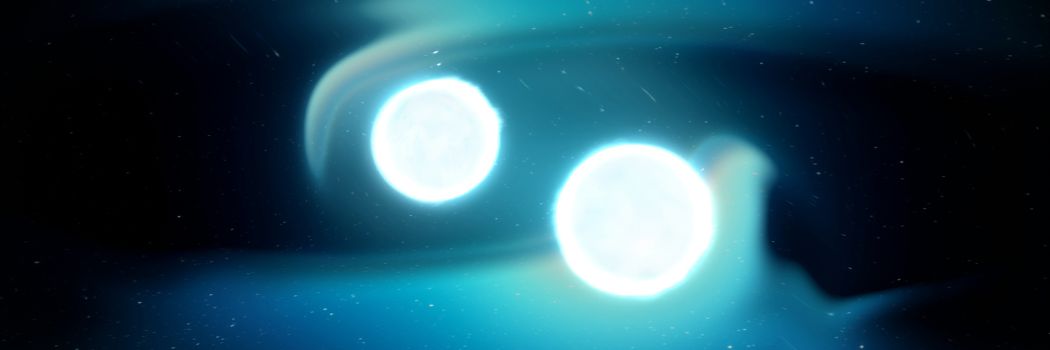Latest News
Our pioneering projects in solar and space technologies awarded funding from UK Space Agency
Our scientists and engineers are at the forefront of global innovation.
Experts from our world-leading Physics Department are leading on two pioneering projects that will develop optical technologies for future satellites instrumentation and transform our observations of the Sun and high energy astrophysics.
Durham scientists reveal nearly two million galaxies, quasars and stars in the distant Universe
Scientists have observed for the first time two million distant galaxies, quasars and stars that will help create the most detailed 3-D map of the Universe ever, which will further advance our understanding of the Universe and of our own galaxy, the Milky Way.
The Rochester Lecture 2023
The annual Rochester Lecture for 2023 took place on Wednesday 31 May, and was this year delivered by Dr Richard Bowman, a Royal Society University Research Fellow and Reader specialising in microscopy and open hardware. The lecture was titled “Smart microscopy for everyone with open source hardware”, concerning both the OpenFlexure project and OpenFlexure Microscope.
First-of-its-kind measurement of Universe’s expansion rate
Our physicists are part of an international team that has successfully used a first-of-its-kind technique to measure the expansion of the Universe.
First research flight images from innovative balloon-borne telescope
Our astronomers are part of an international team behind the successful first research flight of an innovative balloon-borne telescope that will investigate the mystery of dark matter.
'Ultramassive' black hole discovered by Durham astronomers
Astronomers say they have found one of the universe's largest black holes to date using a new technique.
Scientists at Durham University discovered the "ultramassive" black hole by observing its pull on passing light, called gravitational lensing.
Dr James Nightingale who led the study said even he struggled to "comprehend how big this thing is".
Their findings have been published in the journal Monthly Notices of the Royal Astronomical Society.
Light-bending gravity reveals one of the biggest black holes ever found
A team of astronomers, led by Dr James Nightingale from our Department of Physics, has discovered one of the biggest black holes ever found by taking advantage of a phenomenon called gravitational lensing.
International Day of Women and Girls in Science 2023
To celebrate International Day of Women and Girls in Science 2023 we invited girls from local schools to visit the Physics Department, to take part in a range of activities and to raise awareness about the important role female scientists play in Physics research.
Physics Department Developing Talent Award 2023 Winners
The Physics Department Developing Talent Award promotes, enhances and encourages the possibility of early career researchers developing their research careers within the Department by providing up to £10,000 in flexible funding.
Chi Onwurah MP invited to be the Sir Gareth Roberts Lecture speaker for 2023
Chi Onwurah MP is this year’s invited speaker to deliver the 2023 Gareth Roberts Lecture. The lecture is titled: ‘A Life in Science, Engineering and Politics’ and will take place in the Ph8 lecture theatre on 8 March 2023 at 4.30pm
Cosmic factory’s origins revealed
Our scientists have helped to shed new light on "factories" in outer space that produce elements used in the creation of planets, galaxies, and life.
Centre for space research celebrates 20th anniversary
Our Ogden Centre for Fundamental Physics is celebrating its 20th anniversary.


/prod01/prodbucket01/media/durham-university/departments-/physics/teaching-labs/VT2A9034-1998X733.jpeg)











.jpg)
